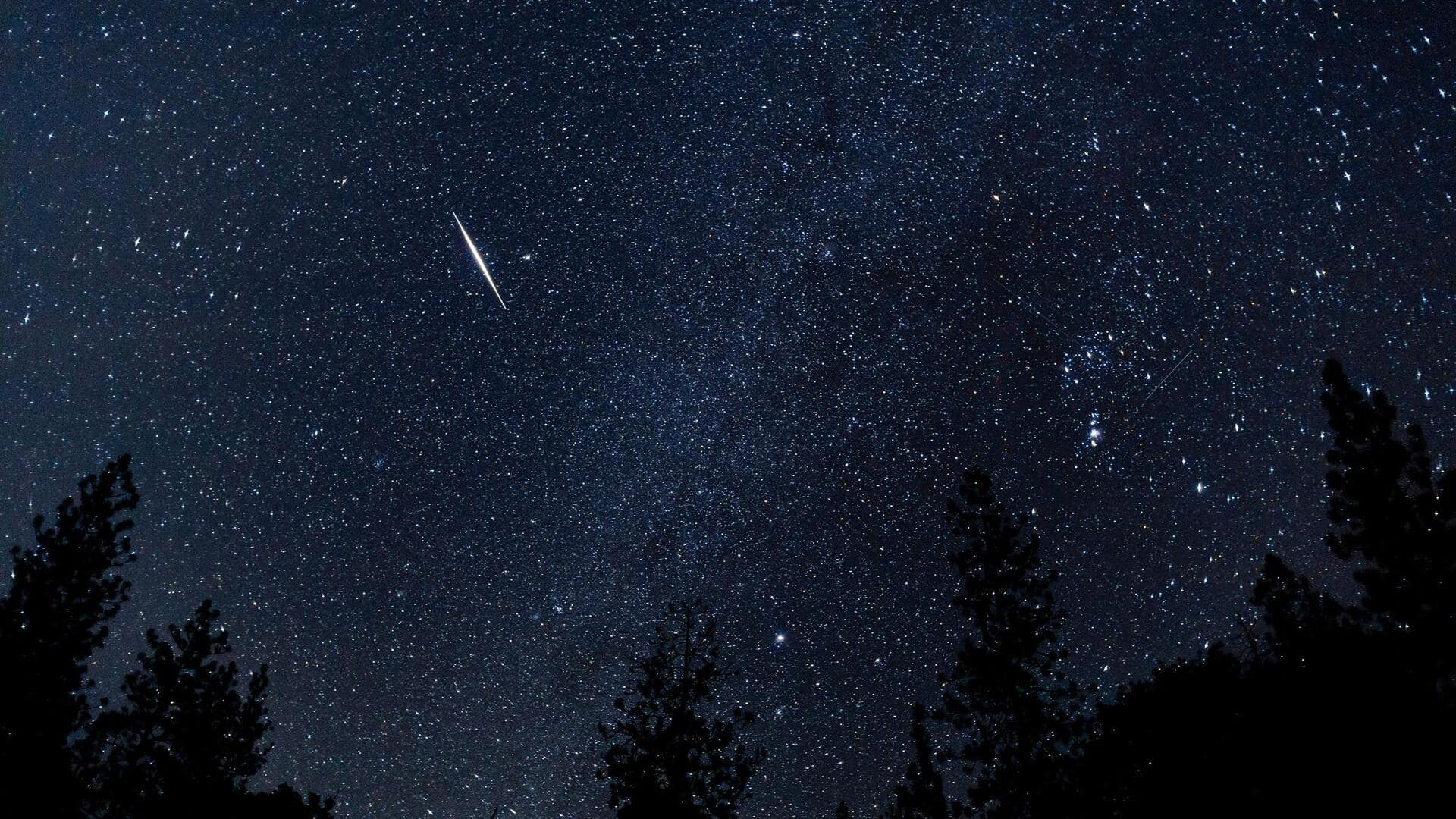
Orionid meteor shower peaks this month: How to watch
What's the story
The Orionid meteor shower will grace the night skies this month. It lights up the night sky every year and is considered the best autumn meteor shower.
The meteor shower, which commenced on October 2, will peak on the night of October 21/22. It'll be visible until November 7.
During this period, stargazers can look forward to a stunning display of meteors as Earth passes through the dust stream left by a comet, in this case, Halley's Comet.
History
Origin and characteristics of Orionid meteors
Orionids is the second meteor shower to be associated with Halley's Comet. The first is the Eta Aquariids which peaks in May.
As Halley's Comet orbits the Sun, releases dust particles along its path. As Earth passes through these trails, the number of visible meteor trails increases.
While not the most abundant meteor shower, Orionids are known for their speed, zipping along at about 66km/s.
They often leave long-lasting trails that linger for few seconds after the meteor has vanished.
Details
Moon phases and viewing conditions
To fully appreciate the Orionid meteor shower, it's important to take into account the Moon's phases and timings since a full Moon can make it difficult to see meteors.
Luckily, during the Orionids's peak this year, the Moon is not expected to hinder your viewing experience.
The radiant point, or the spot in the sky where the meteors seem to originate, is located near the constellation Orion. However, do note that the meteors can be spotted all over the sky.
Insights
Tips for observing the Orionids
To maximize your chances of seeing an Orionid meteor, it's recommended to spend at least 30-60 minutes outdoors in a dark location with minimal light pollution.
Lying down or reclining can help prevent neck strain while gazing at the night sky.
With favorable viewing conditions and a bit of patience, observers can enjoy a remarkable experience as they watch these swift meteors streak across the night sky.